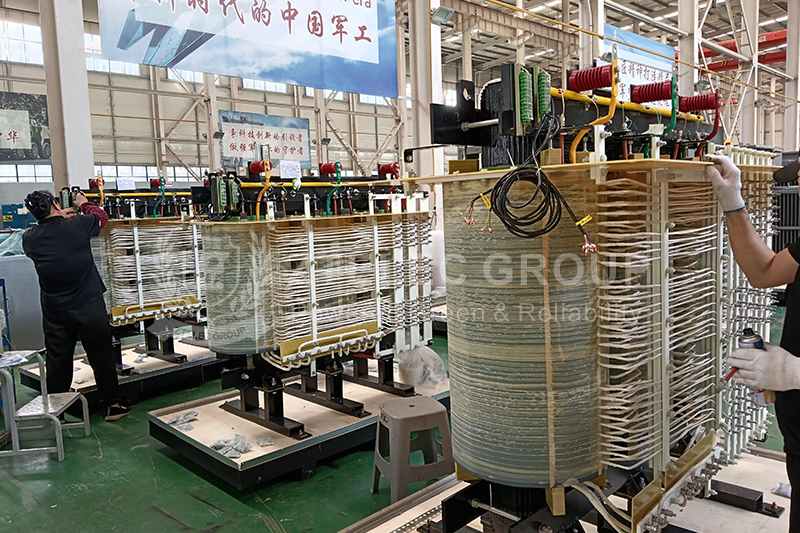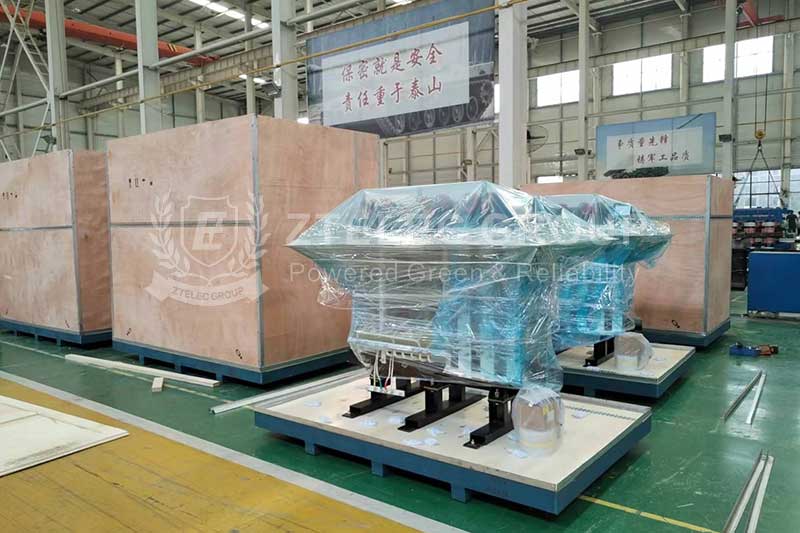dry type transformer vs oil type transformer
2024-06-04 09:37 | By: ZTELEC-www.ztelecgroup.com | 145click
what is dry type transforme
dry-type transformer can be defined as:
A dry-type transformer is a transformer that does not use any liquid as an insulating or cooling medium for its windings or core. Instead, the windings and core are enclosed in a sealed tank that is filled with air or gas under pressure.
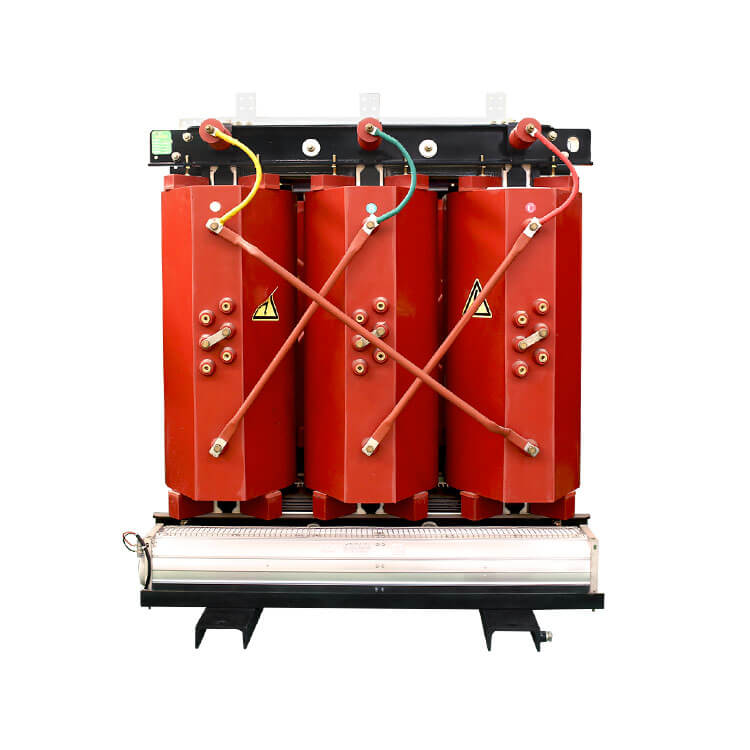
The key characteristics of dry-type transformers are:
Cooling medium: Dry-type transformers use air or other gases for cooling, unlike oil-filled transformers that use insulating oil.
Safety and installation: Dry-type transformers are safer for indoor installations as they do not use flammable liquids. They can be placed directly in the load center without the need for special foundations or vaults.
Maintenance: Dry-type transformers require minimal maintenance as there is no need to monitor or replace oil. They are generally low-maintenance and pollution-free.
Capacity and voltage: Dry-type transformers are typically limited to lower voltages and capacities compared to oil-filled transformers, usually below 35 kV and 2500 kVA.
Cost and efficiency: Dry-type transformers are generally more expensive and have higher operating losses compared to oil-filled transformers, but offer advantages in safety and maintenance.
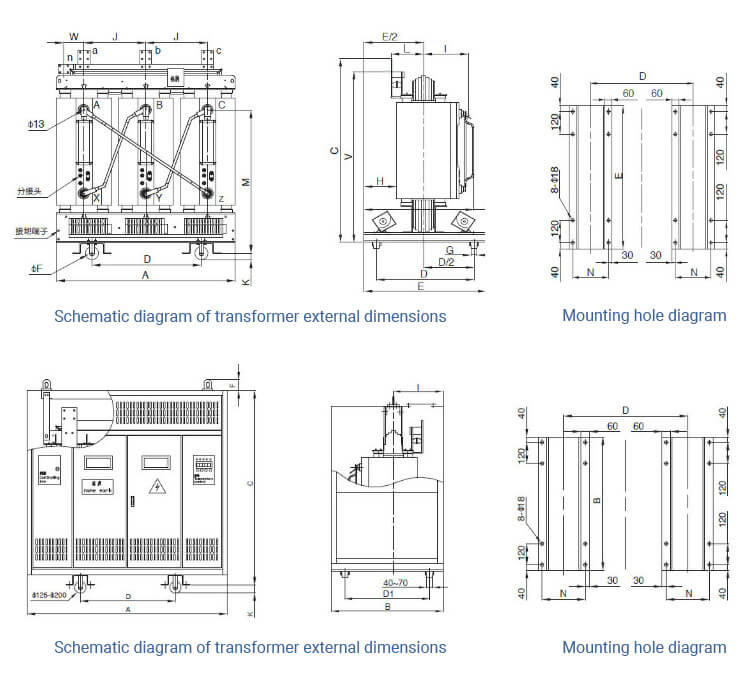
what is oil type transformer
oil-type transformer can be defined as:
An oil-type transformer is a transformer that uses insulating oil as the cooling and insulating medium for its windings and core.
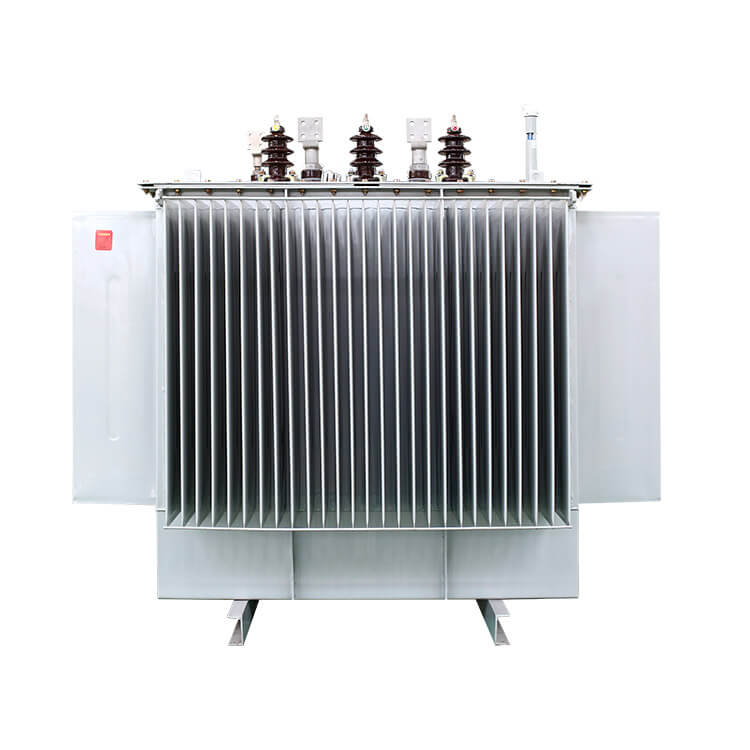
The key characteristics of oil-type transformers are:
Cooling medium: Oil-type transformers use insulating oil, typically mineral oil, to cool the windings and core through natural convection. The oil absorbs and dissipates the heat generated.
Insulation: The oil provides electrical insulation between the windings and core, allowing for higher voltage and capacity compared to dry-type transformers. The oil and paper insulation work together to provide the required dielectric strength.
Lubrication: The insulating oil also lubricates any moving components like tap changers or load break switches that may be immersed in the oil. This facilitates smooth operation of these devices.
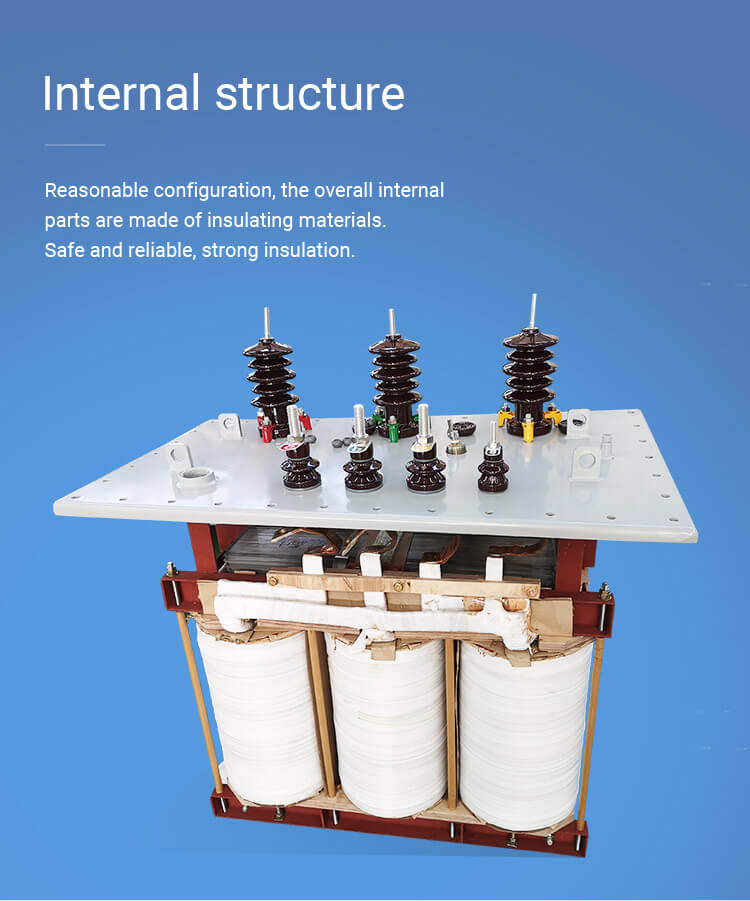
Capacity and voltage: Oil-type transformers can handle higher voltages and capacities, up to 1000 kV, making them suitable for high-power applications. They are typically more efficient than dry-type transformers.
Installation: Oil-type transformers are better suited for outdoor installations as they pose a fire risk due to the flammable insulating oil. They require spill containment and fire barriers.
the key differences between oil-type and dry-type transformers are:
Cooling medium:
Oil-type transformers use insulating oil as the cooling medium, which allows for better heat dissipation and higher voltage/capacity handling.
Dry-type transformers use air or other gases for cooling, limiting their voltage and capacity compared to oil-type.
Maintenance:
Oil-type transformers require more maintenance like regular oil sampling and replacement.
Dry-type transformers generally need less maintenance as they don't have oil-related issues.
Safety and installation:
Oil-type transformers pose a fire risk due to the flammable oil, so they are better suited for outdoor installations.
Dry-type transformers are safer for indoor installations as they don't use flammable liquids.
Cost and efficiency:
Oil-type transformers are generally less expensive and more efficient than dry-type transformers.
Dry-type transformers have higher operating losses and are more costly.
Capacity and voltage:
Oil-type transformers can handle higher voltages and capacities, up to 1000 kV, while dry-type transformers are typically limited to below 35 kV.
Dry-type transformers are suitable for power distribution applications below 2500 kVA.
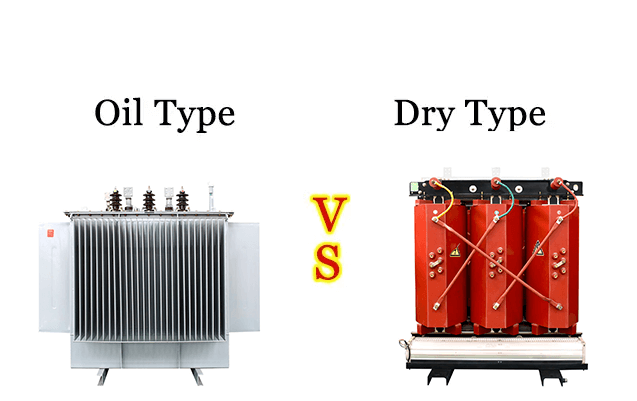
Which one is better, oil-type transformer or dry-type transformer?
there is no clear-cut answer as to which type of transformer is definitively "better". Both oil-type and dry-type transformers have their own advantages and disadvantages, and the choice ultimately depends on the specific requirements of the application.
The key points to consider are:
Cooling and capacity:
Oil-type transformers can handle higher voltages and capacities due to the superior cooling properties of the insulating oil.
Dry-type transformers are limited in voltage and capacity due to air-based cooling constraints.
Safety and installation:
Dry-type transformers are safer for indoor installations as they do not use flammable liquids.
Oil-type transformers pose a fire risk and are better suited for outdoor installations with proper containment.
Maintenance:
Dry-type transformers require less maintenance as there is no need to monitor or replace oil.
Oil-type transformers need regular oil sampling and replacement, adding to maintenance costs.
Cost and efficiency:
Oil-type transformers are generally less expensive and more efficient than dry-type transformers.
Dry-type transformers have higher operating losses and are more costly.
tags:Price of a 1600kVA 10kV Cast Resin Dry-Type Transformer35kV dry-type transformer protection10kV oil-immersed transformer110 kV oil-immersed transformerOil-Immersed Transformer Maintenance
- more+releated article
- 2025-12-13How to Select and Use Phenolic Cloth-base Lami
- 2025-12-13How Much Does Bakelite Sheet Cost? 2025 Price
- 2025-12-13Why are most 3240 epoxy boards yellow?
- 2025-12-13What are the Main Applications of FR4 Epoxy Bo
- 2025-12-13Why Does the Price of Insulating Paperboard Va
- 2025-12-13Heat-Resistant DDP Insulation Paper
- 2025-12-13Comparison of Heat-Resistant DDP Insulating Pa
- 2025-12-13G10 and FR4 Epoxy Boards: Commonly Used for Ge
- 2025-12-13The Price of Heat-Resistant DDP Insulation Pap
- 2025-12-13How to Choose Epoxy Laminate Materials for Gen

